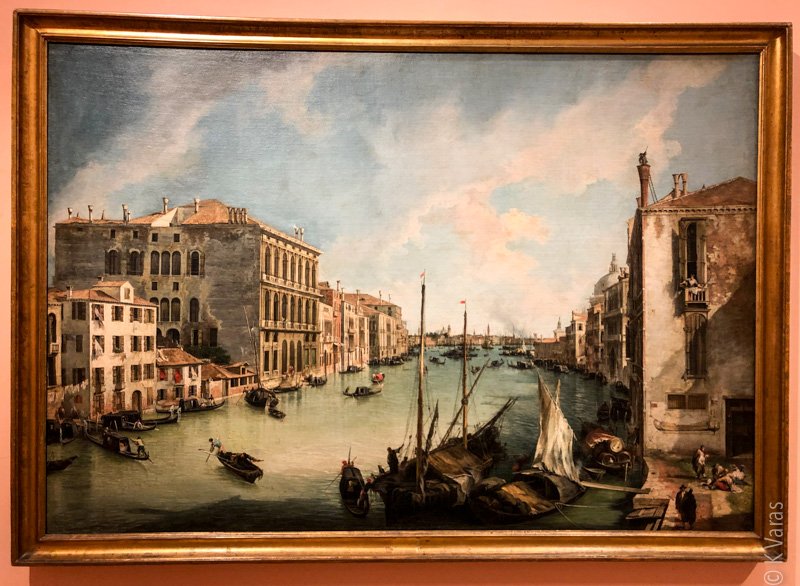
El Alcázar de Toledo
El Alcázar de Toledo is impressive from every side, and I saw every side, not that I wanted to. When I first looked at it from the north side I thought I was looking at some modern public place, so clearly not an old palace which is why I kept walking all around it looking for the entrance, getting more more and more confused, only to end up where I had started. In my mind I had been looking for the Alcázar and not a military museum; I can’t help it if their signage is crappy–this is my excuse and I’m sticking to it. Glad for being rather unknown in these parts, I pretended I meant to circle the building and proceeded inside. The initial impression, however, left me almost as confused as I had been earlier. Why was there an archeological site beneath the main walls of the old fortress? It turns out, it is exactly that: an archeological dig to the old Roman walls. The cool part is that they’ve built a whole new section on the north side of the main building that covers the dig and also provides extra space for temporary exhibits. It’s also home to some very steep escalators causing my recently-heightened (no pun intended) fear of heights to kick in at a very inopportune time. This was a time when Covid was not my friend since I do not like to touch the handrails (duh) and I very much wanted to, just to feel a little more stable. The fact that I wanted to take photos from there didn’t help but then I wouldn’t be able to share this:

Once I was safely above all this, I was able to enter the Alcázar proper. I am not a fan of anything military, but the first floor of the Military Museum was a treat, even for a pacifist like me. I may have mentioned my great penchant for miniatures of all sorts and here I was faced with walls and walls and shelves and shelves of little miniature soldiers and sundry. I’m sure if anyone was watching me they’d have a chuckle seeing me going from display case to display case with a huge grin on my face. I took way too many pictures, too. I especially liked finding “bloopers” among the displays: things out of place or falling when they shouldn’t be, for example. There were also some models that were of unusual situation such as soldiers falling off their horse, but most of the displays where rows and rows of little figurines of men from the world’s armies.

The majority of other parts of the museum were dedicated to what I consider the jewelry of men who like to play at war. It was quite impressive too see the various medals and insignia, some of which are extremely intricately crafted; I wasn’t kidding when I compared it all to fancy jewelry, though. It was also a place where almost every painting was of men who had their hand in telling other men to go and kill, in the name of god and/or country, usually. The exception were a couple of queens in whose name the killing was done, and their portraits stood out among all the generals (sorry, no pics).

What I found very interesting, probably more so than much of the memorabilia, was the building itself. I especially loved the massive main double staircase which is, in my opinion, one of the most stately staircases I have ever seen. This being a military place now makes it very difficult to imagine what life must have been like here in the days when Toledo was the seat of the Spanish court. I so wish they had preserved or at least recreated some of the interiors from those days, but I guess toy soldiers are cooler? I mean, they are cool, but I still want to know what it was like when Charles V was around. Instead I got to enjoy the staircase. One thing they did keep from the old days, however, were the bullet holes in the stairs themselves. All I could think of were the battles fought there at various times, though I also had images of sword fights up and down the stairs (a la the Musketeers) and ladies in long dresses gliding down the steps on their way to their carriages. My imagination went a little overboard on this, I admit, but I had a bit of fun with it anyway.

























































































